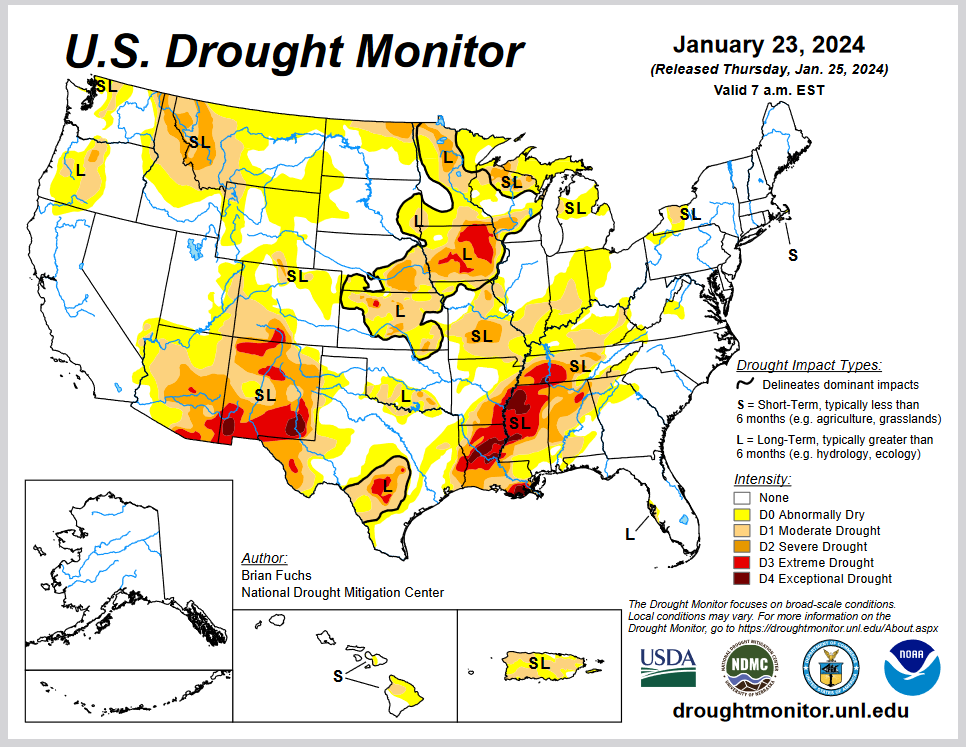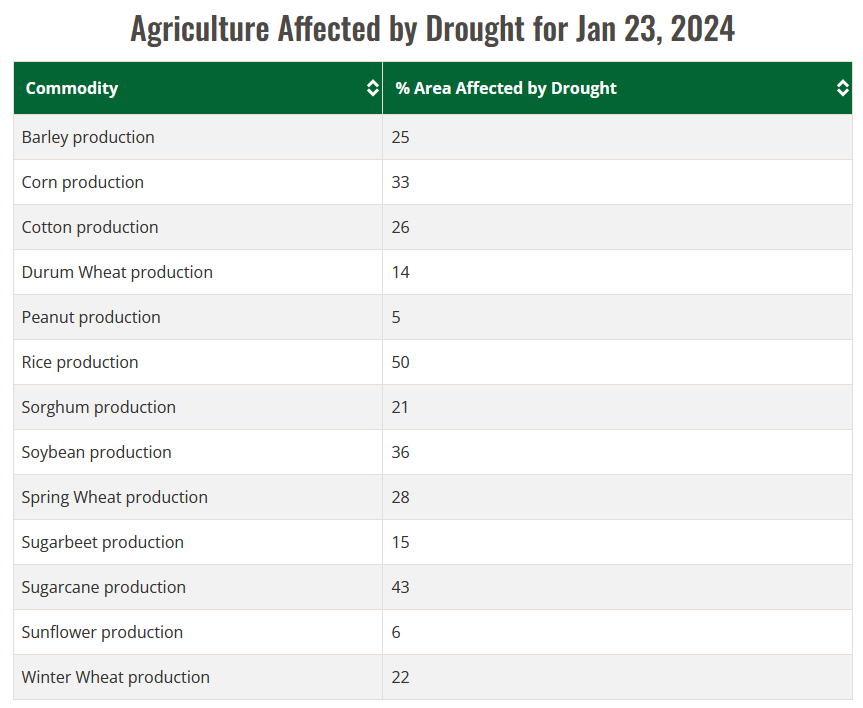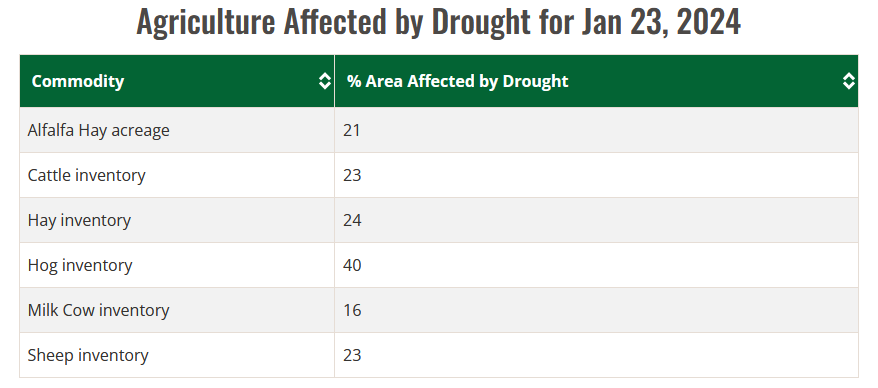Short Term and Intermediate-Term Weather Outlooks for the U.S. and a Six-Day Forecast for the World: posted January 30, 2024
This article focuses on what we are paying attention to in the next 48 to 72 hours. The article also includes weather maps for longer-term U.S. outlooks and a six-day World weather outlook which can be very useful for travelers.
First the highlights from the NWS.
Short Range Forecast Discussion
NWS Weather Prediction Center College Park MD
Tue Jan 30 2024
Valid 12Z Tue Jan 30 2024 – 12Z Thu Feb 01 2024…Heavy snow over parts of the Sierra Nevada Mountains on Wednesday…
…There is a Slight Risk of excessive rainfall over parts of Northern/
Central California……Snow over parts of the Great Lakes/Central Appalachians into the
Northeast…
Looking out a bit farther and focusing on the more series events:






